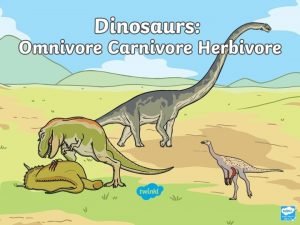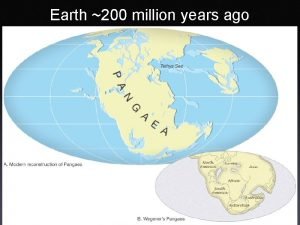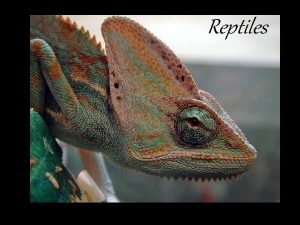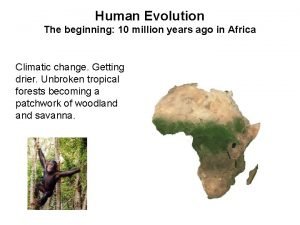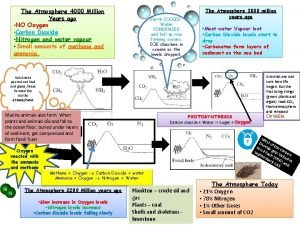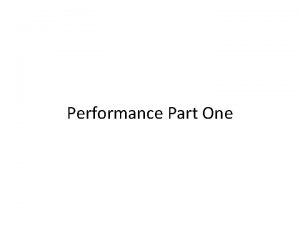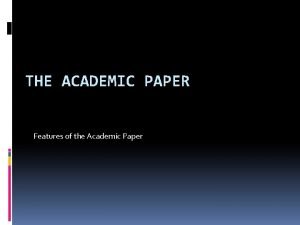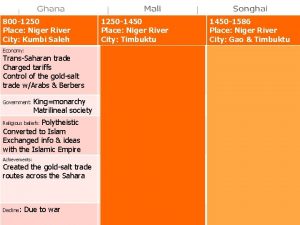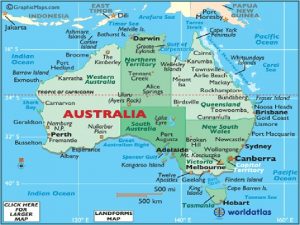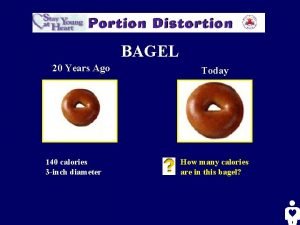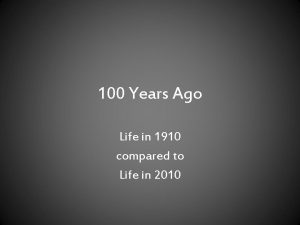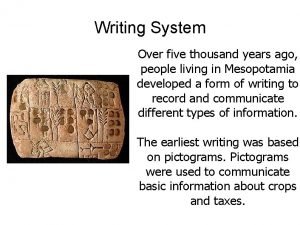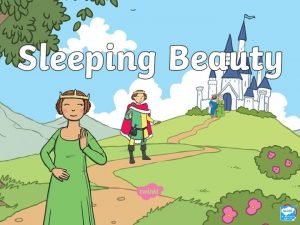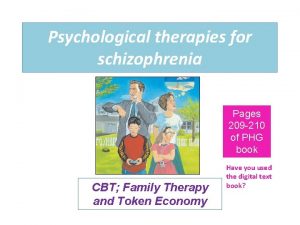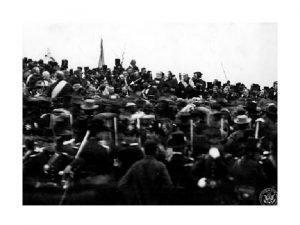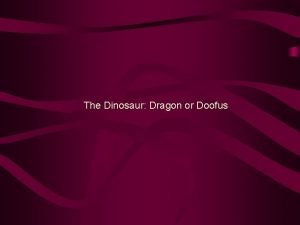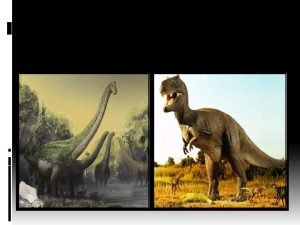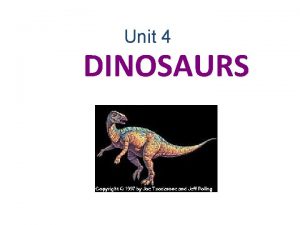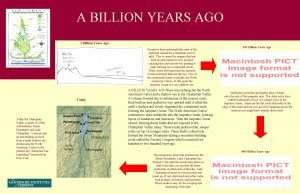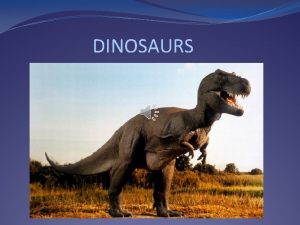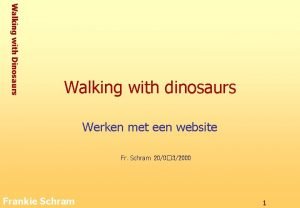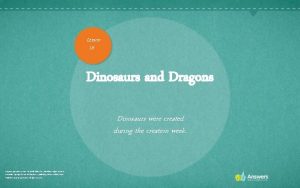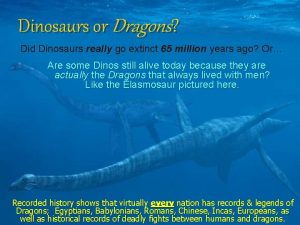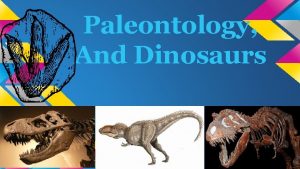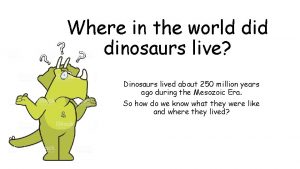Professional Development 3 million years ago when dinosaurs


























- Slides: 26

Professional Development

• “ 3 million years ago when dinosaurs stalked the Earth” – What comes to mind when you hear the words “PE dinosaur”

• That will be YOU in 20 years – You will be a dinosaur, but what kind will you be? • An older version of the same person who graduated OR • A true professional, learning, growing and adapting to combine knowledge & experience – Be wary of large asteroids though

Quote • Getting your degree means that you are a third of the way there in terms of what you need to be an excellent PE teacher. – Really, CCSU is giving you a credential to continue to grow “on the job” professionally • View PD as part of the job rather than an optional adjunct to it.

Definition of PD • All types of professional learning undertaken by all teachers beyond the initial point of training. (Craft, 1996, p. 6) • Goal – positive and specific impact upon student learning

Organizing PD • Professional development should involve teachers in the identification of what they need to learn and, when possible, the process to be used. • Professional development should provide learning opportunities that relate to individual needs but are, for the most part, organized around collaborative problem solving. – The needs of the many outweigh the needs of the few (? )

Organizing PD • Professional development should be continuous and ongoing, involving follow up and support for further learning – Not a one-shot deal – What are some examples of follow up? • Just like in class, get people involved and active during PD experiences – Don’t put people to sleep in their chairs

Regular, consistent, variable, and continuous professiona developmen …new give up

Organizing PD • Department chairs (or AD’s or district PE coordinator) typically organizes PD – Department chairs and coordinators must see both worlds, that of a teacher and administrator. – PD can also be organized by a proactive teacher

Program and Teacher Evaluation - Professional Development • Meet as a physical education department to address: – Achievement of standards – Improvements to the curriculum – New upcoming projects/initiatives • Finding the time to meet: – Meeting can be an obstacle for elementary teachers who may feel isolated. – Middle school and high school teachers find it difficult to meet professionally due to scheduling, coaching, and non-PE faculty development. – Teachers must MAKE the time, not look for a convenient time. Otherwise, such vital meetings often do not take place.

Types of PD • What types of professional development experiences have you heard of or have experience with?

Types of PD • On-site – Physical best training – WSI, CPR, First Aid Certification – Contact local university – Team challenge training (ropes facilitation) – Organizations such as USTA – Sport specific training (teachers teaching teachers)

Types of PD • On-Site – Review NASPE documents (appropriate practices, PE T eval tool, etc) – Reading professional journals (each person presents an article of meaning to them) – Care to Share (dept chair provides internet search parameters and teachers come in with internet based “research” which is shared with colleagues) • You Tube; wiki. PE

Types of PD • On-Site – Self-reflection through recall and/or videotaped lessons – Hosting a student teacher (contact Office of Field Experiences after 3 years)

Types of PD • Off-site – Sport specific (group tennis lesson, ) – Conferences – Certification in adventure facilitation – Virtual learning created by the school district, a university, or corporate entity (great to have Pipeline online)

Types of PD • Pop-Corn Method - Often a valuable experience can be simply sitting down with other PE teachers in your district or others with a set of guiding questions – What new activity did you learning recently? – What change have you made that worked out for the better? – How are you measuring student learning?

Types of PD • Pop-Corn Method is built around this idea: – But I think we can learn from the people here, I suppose I didn’t even realise (Eng. Sp. ) that help is sort of around the corner and that there’s, a deep well of abilities and talents and ideas that you can tap into right in your own school (Loughran & Gunstone, 1997, p. 173)

NASPE PD • Pipeline Workshops – http: //www. aahperd. org/naspe/pipeline/ – Topics include: • • • Instructional Practices: Elementary, Secondary or K-12 Physical Education Assessment Strategies: Elementary or Secondary Physical Education Curriculum Development: K-12 Physical Education Integrating Technology: K-12 Physical Education Teaching Dance in Physical Education: Elementary or Secondary PE 6) LET’S GET MOVING: Physical Activity for Children Ages 3 -5 – Each full-day workshop is $2, 500 (up to 50), includes materials and presenter honorarium and travel expenses.

Whole School PD • Often not meaningful for PE teachers due to the different focus of our discipline – OK to periodically request the PE staff conduct its own PD in lieu of the whole school PD • When asking, present a plan or topic you would like to address and a rationale

Connecticut Requirements • CT SDE Overview of PD – http: //www. sde. ct. gov/sde/cwp/view. asp? a=2641 &q=320428 • CEU’s – Continuing Education Units – http: //www. sde. ct. gov/sde/cwp/view. asp? a=2613 &q=321400

Potential Obstacles • • Cost Class coverage (cost as well) Location/distance Quality of the presenter (rated highly)

Potential Obstacles

Partner Work • Design your own PD experience for the individuals at your school (MS, HS) or those teachers at your grade level (ES).

Resources • New Jersey PD manual for Health and PE • The National Staff Development Council (NSDC) created "Designing Powerful Professional Development for Teachers and Principals, " – Available FREE at http: //www. nsdc. org/

Conclusion • Endeavor to make professional development meaningful. Don’t give in to the cynicism. • Every year, you should be a better teacher than the year before • Don’t be a bad dinosaur, stay up on new information, teaching models/styles, activities, assessments, etc • Part of being a professional is growing and staying current. Would you want to have knee surgery with a doctor who graduated in 1988 and still uses the same technique. – Of course not, neither do your students

References • Armour, K. M. & Yelling, M. R. (2004). Continuing Professional development for experienced PE teachers: Towards effective provision. Sport, Education and Society, 9(1), 95 -114. • JOPERD (1999). How much time should teachers devote to PD? . JOPERD, 70(7), 12. • Mohnsen, B. (1998). Professional development: When you want it and where you want it. JOPERD, 69(2), 14 -17.
 Apatosaurus herbivore carnivore
Apatosaurus herbivore carnivore Earth 4600 million years ago
Earth 4600 million years ago Earth 200 million years ago
Earth 200 million years ago Reptiles order
Reptiles order Evolution: the beginning
Evolution: the beginning 4000 million
4000 million How long ago was four score and seven years
How long ago was four score and seven years On kawara one million years
On kawara one million years Eight years ago today
Eight years ago today You can easily forget how different life was 50 years ago.
You can easily forget how different life was 50 years ago. Saturn 4 billion years ago
Saturn 4 billion years ago Four score and seven years ago our fathers brought forth
Four score and seven years ago our fathers brought forth Halloween 2000 years ago
Halloween 2000 years ago Technicom 15 years ago as a small
Technicom 15 years ago as a small Compare and contrast fashion today with twenty years ago
Compare and contrast fashion today with twenty years ago Africa 1000 years ago
Africa 1000 years ago Australia 50 000 years ago
Australia 50 000 years ago 125 years ago today
125 years ago today 4 000 years ago
4 000 years ago Spaghetti calories 1 cup
Spaghetti calories 1 cup Family life 100 years ago
Family life 100 years ago Why did the barley sign change shape
Why did the barley sign change shape Shenzhen 30 years ago
Shenzhen 30 years ago Once upon a time there was a queen
Once upon a time there was a queen Two years ago jenny was diagnosed with schizophrenia
Two years ago jenny was diagnosed with schizophrenia How long is four score and seven years?
How long is four score and seven years? Doofas the dinosaur
Doofas the dinosaur
